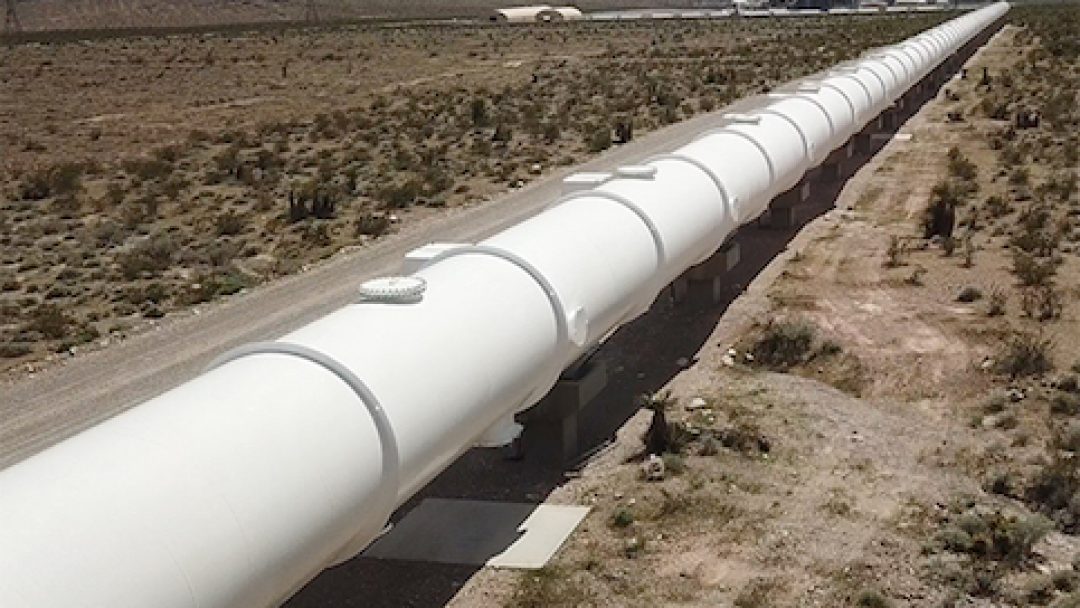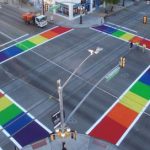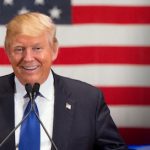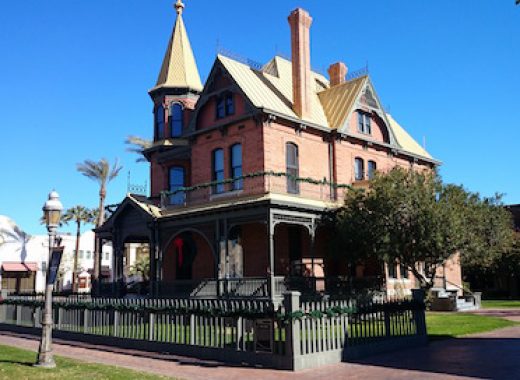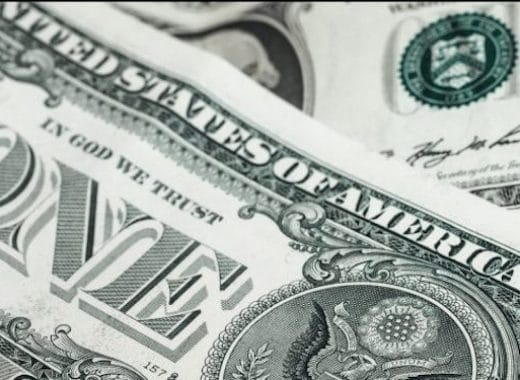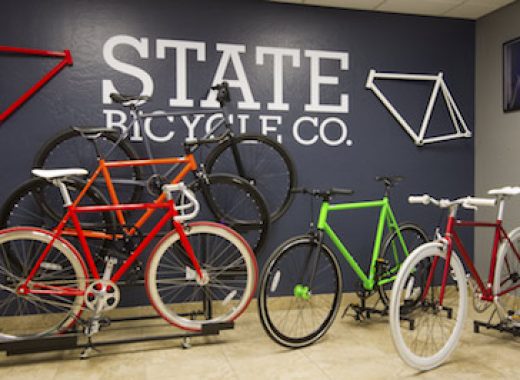When you are stuck in freeway traffic or waiting at an airport terminal, you might wonder about the progress of a hyperloop transportation system. Is that idea still a pipe dream, or is progress being made to bring it to completion?
Elton Musk, founder of SpaceX, first proposed a hyperloop system in a 2013 white paper. He envisioned a system to connect two points less than about 900 miles apart. His white paper outlined the idea and the technological challenges. He saw an initial need in the San Francisco-Los Angeles corridor. His proposal was “open source,” meaning others could use his ideas to do research and development.
Engineers and investors were inspired by the paper. Companies such as Richard Branson’s Virgin Hyperloop One and Hyperloop Transportation Technologies (HTT) began to learn about and research the idea. The idea is sound; the technology is available. Implementing the idea is what was challenging.
New prototypes are different than what Elton imagined. He was thinking of a tube about 3 feet in diameter. Now, prototype systems are about the size of a train or bus. Musk envisioned a continuous loop; however, today’s systems are linear, from point A to point B.
Virgin Hyperloop One has built a 1/3-mile test track in the Nevada desert, north of Las Vegas, and has made test runs of up to 240 miles per hour. They are conducting feasibility studies to build a system along I-70 between Kansas City and St. Louis, Missouri. They expect a fully operational system to be built by 2023.
Hyperloop Transportation Technologies, incorporated in 2013, has a testing facility in France, and will have a test system operational this year. They have a feasibility study underway between Cleveland, Ohio and Chicago, Illinois, and have signed an agreement with the UAE to develop a 10 km system in the Middle East.
The pods themselves were the subject of a 2016 contest to develop 1/3 scale prototypes to run on SpaceX’s test track in Hawthorne California. Delft University (Netherlands), Technical University (Germany) and MIT (United States) were the winners.
These developments seem promising, but there are still major hurdles to be overcome.
When you are moving at high speeds, turns will generate high g-forces on the passengers. This means you will need a nearly straight path between two points. So, right-of-way issues will need to be addressed in any proposed route. Passengers may also be affected by vibration and jostling from the high speeds.
There are power issues to be considered. Musk though solar power and turbines would provide the power necessary to propel the pods. Others are skeptical of that assumption.
Another issue is safety in the event of an equipment failure or a natural disaster such as an earthquake. What happens if power fails when the pod is miles from a city? How will the passengers get out? These issues have yet to be addressed in the prototypes.
Then there is competition from existing transportation systems such as bullet trains. The bullet train in Japan has already reached a world record 375 miles per hour without the added cost and time of low-pressure tubes.
So, the hyperloop system is making substantial progress going from idea to prototype to reality. There are still many hurdles to clear, but someday soon you may be able to go from Los Angeles to San Francisco in 35 minutes.


